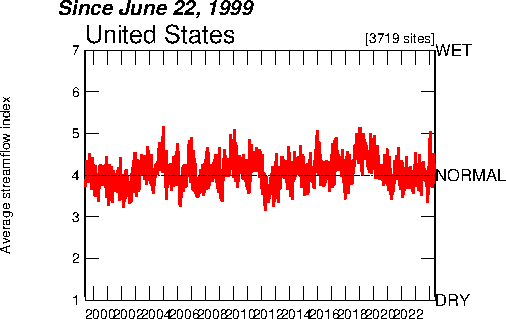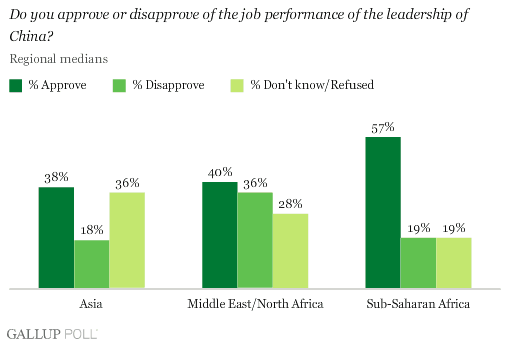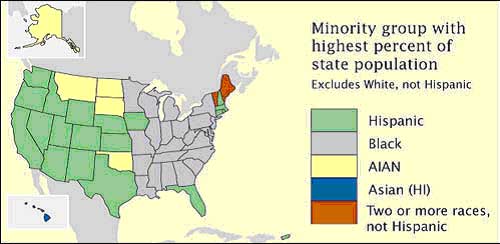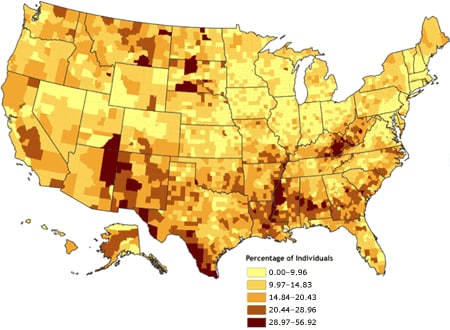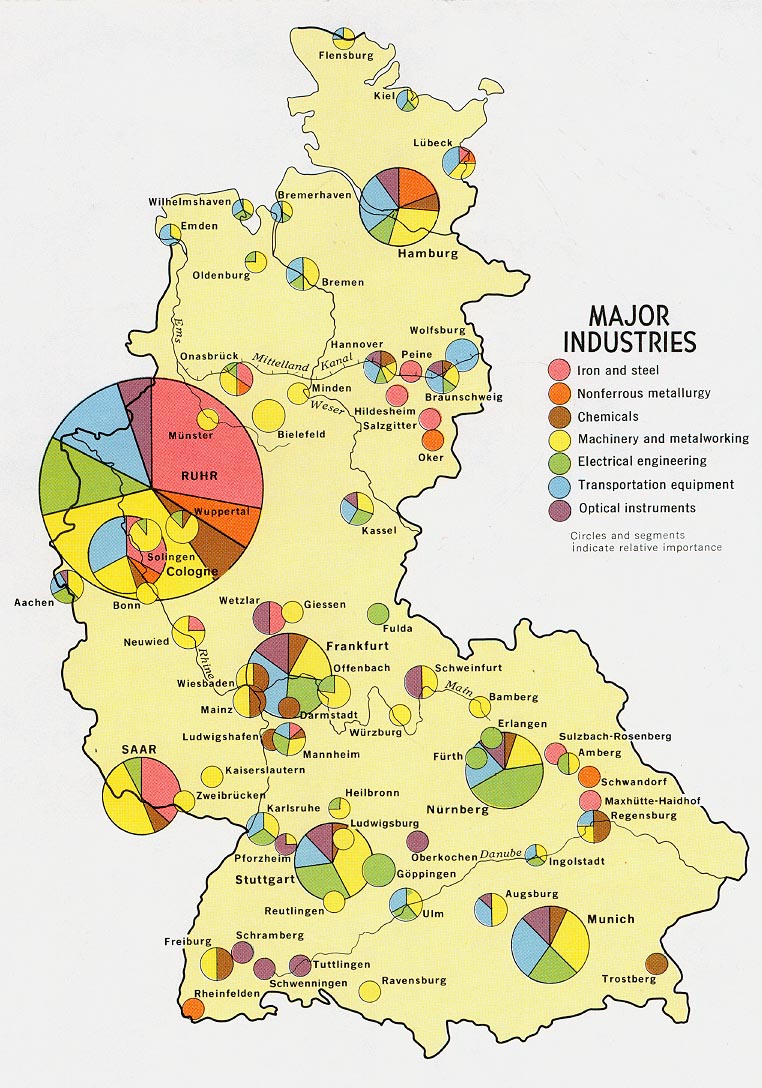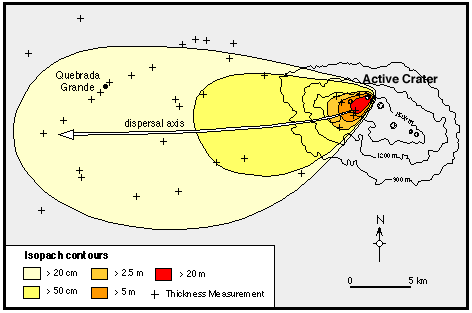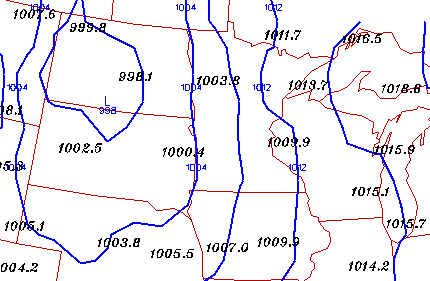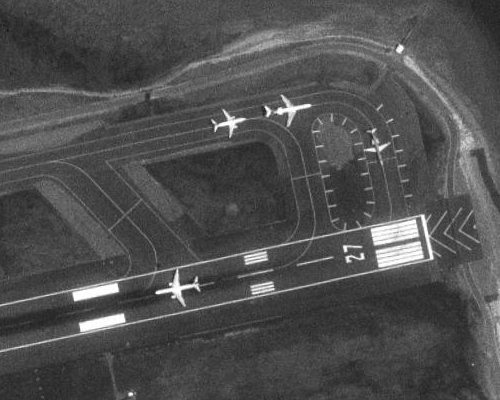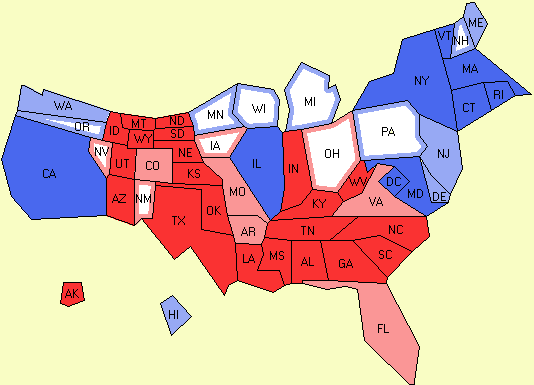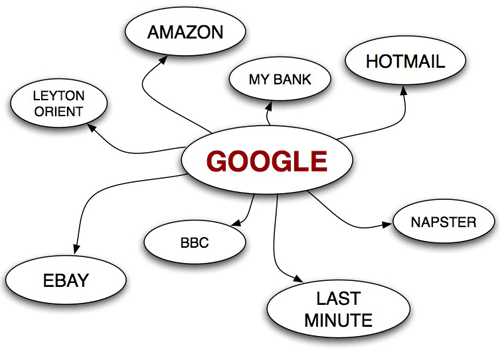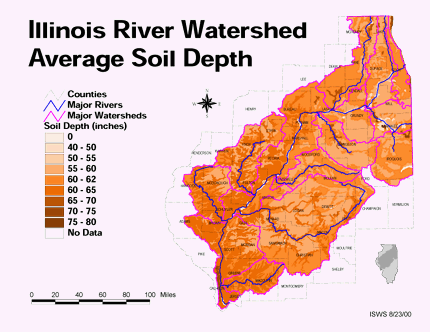Doppler Radar is a tool that is used in meteorology to pick up weather phenomena such as thunderstorms, frontal system, hurricanes, and precipitation. It does this by sending out microwaves, once the waves return the computer listens for sound differences in the waves to make a reading. The Doppler Radar has become a very useful tool in areas of meteorology, military, and air travel. The screen shot below shows Hurricane Katrina as it makes landfall in Louisiana.

http://www.micrometgroup.com/images/300px-Hurricane_Katrina_Doppler.gif













